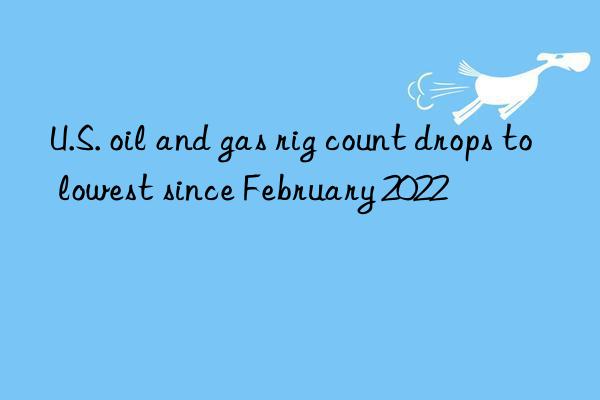
According to foreign news on November 3, energy services company Baker Hughes Co. said in its closely watched report on Friday that U.S. energy companies will cut the total number of oil and natural gas rigs this week to February 2022. lowest level since last month.
Data show that in the week ended November 3, the total number of oil and natural gas drilling rigs, a leading indicator of future production, fell by 7 to 618, the lowest since February 2022, and a decrease of 152 or 20 rigs from the same period last year. %.
This week, the number of U.S. oil rigs fell by 8 to 496, the lowest since January 2022. The number of natural gas drilling rigs increased by one to 118.
U.S. crude futures are flat so far this year after rising about 7% in 2022. U.S. natural gas futures are down about 21% this year after climbing about 20% last year.
According to the October forecast of the U.S. Energy Information Administration (EIA), rising oil prices are expected to increase U.S. crude oil production to 12.9 million barrels/day in 2023 from 11.9 million barrels/day in 2022, and to 13.1 million barrels in 2024. /day. This compares to a record 12.3 million barrels per day in 2019.
EIA also predicts that despite falling natural gas prices, U.S. natural gas production will still increase from a record 99.6 billion cubic feet per day in 2022 to 103.7 billion cubic feet per day, and is expected to increase to 105.1 billion cubic feet per day in 2024. /day.
The increase in natural gas production is primarily due to increased interest in oil drilling in shale basins that also produce large amounts of associated gas, such as the Permian Basin in western Texas and eastern New Mexico.



 微信扫一扫打赏
微信扫一扫打赏
